Last updated on
Discover the simple yet effective methods to safely and efficiently remove stubborn glue from your kitchen counter, restoring its pristine condition.
Have you ever tried to remove a sticker or label from your kitchen counter, only to be left with a stubborn residue of glue? It’s frustrating, isn’t it? But don’t worry, you’re not alone! Many homeowners face this issue and struggle to find an effective solution. The good news is that there are several ways to remove glue from your kitchen counter without damaging the surface.
In this article, we’ll discuss some easy and effective methods that will leave your counters looking clean and shiny once again. So let’s dive in!
What's Inside
Types of Glue

Knowing what type of adhesive you’re dealing with can help determine which removal method is best suited for your situation.
There are several types of adhesives commonly used in household items, including white glue, superglue (cyanoacrylate), epoxy resin, and silicone sealant. Each type has its unique properties that affect how it bonds and how difficult it is to remove.
White or PVA (polyvinyl acetate) glues are water-soluble and often used for paper crafts or woodworking projects. Superglue dries quickly and forms a strong bond on surfaces such as metal or plastic.
Epoxy resin creates a durable bond between two surfaces but requires mixing before application. Silicone sealant is flexible when dry making it ideal for sealing gaps around sinks or bathtubs.
Safety Precautions
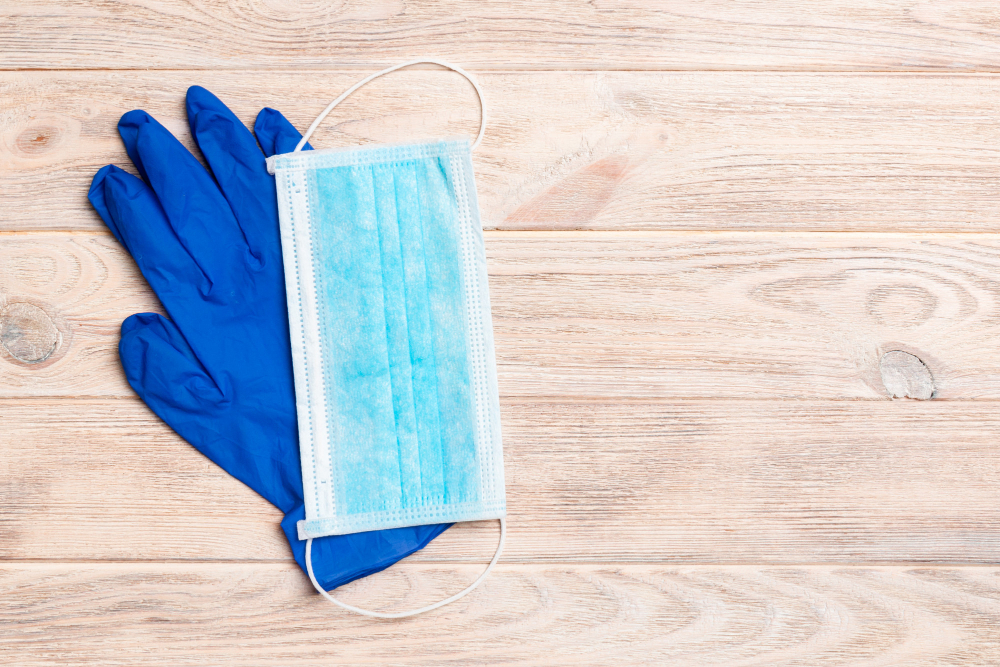
Some adhesives contain harsh chemicals that can be harmful if inhaled or ingested. Therefore, it’s essential to wear protective gloves and a mask while working with these substances.
Make sure you’re working in a well-ventilated area to avoid inhaling any fumes. If possible, open windows and doors or use fans to increase air circulation.
It’s also crucial not to mix different types of chemical removers as they may react negatively and cause harm. Always read the labels carefully before using any product on your kitchen counter.
Essential Tools
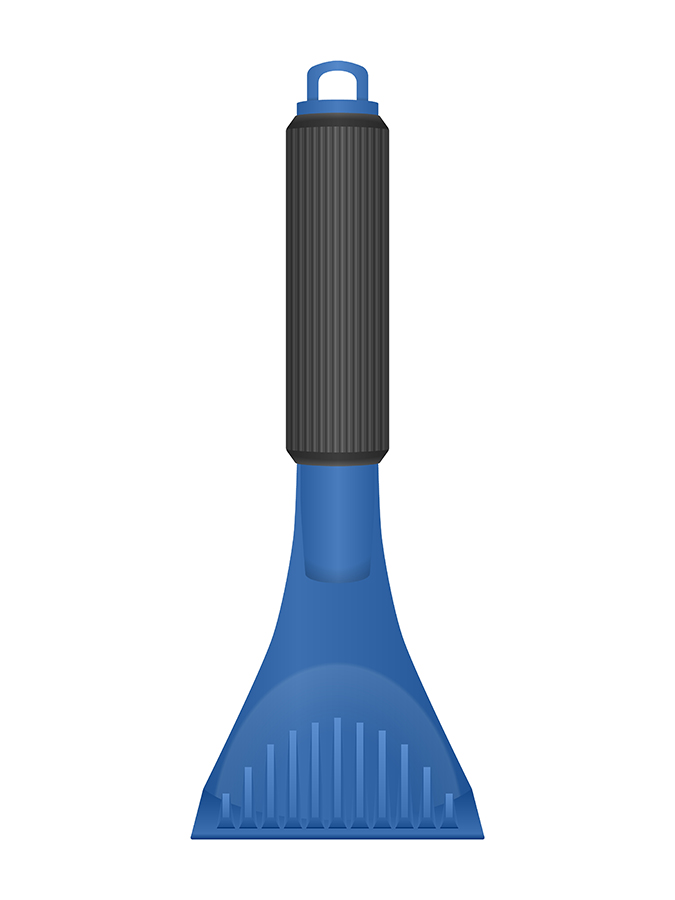
Here are some essential items you’ll need:
1. Plastic scraper: A plastic scraper is a must-have tool for removing glue without scratching or damaging your countertop.
2. Razor blade: If you’re dealing with stubborn and thick layers of glue, a razor blade can be used to carefully scrape off the excess residue.
3. Heat gun or hairdryer: Softening up hardened adhesive is much easier when using heat as it makes scraping more manageable.
4. Chemical remover: Depending on what type of adhesive was used, chemical removers may be necessary for effective removal; make sure that they are safe to use on your specific surface material before applying them!
Softening the Glue
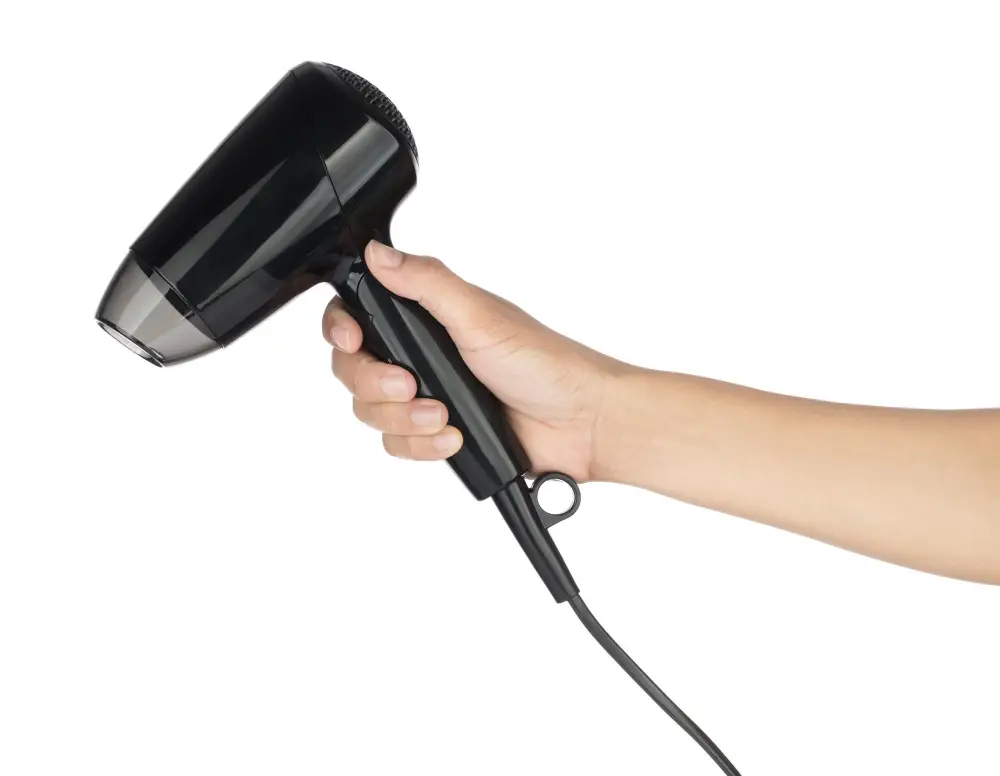
This will make it easier to scrape off without damaging the surface. There are several ways you can do this, depending on the type of glue and how long it has been stuck on.
One effective method is to use heat. You can do this by placing a warm, damp cloth over the affected area for a few minutes or using a hairdryer set on low heat to gently warm up the glue.
Another option is using vinegar or rubbing alcohol as they both have properties that help break down adhesives. Simply soak a cotton ball in either solution and place it over the glued area for about 10-15 minutes before attempting removal.
If you’re dealing with superglue, acetone (nail polish remover) works wonders at softening its bond with surfaces like countertops; however, be sure not to leave acetone sitting too long as prolonged exposure may damage some materials such as plastic laminate counters.
Scraping Techniques
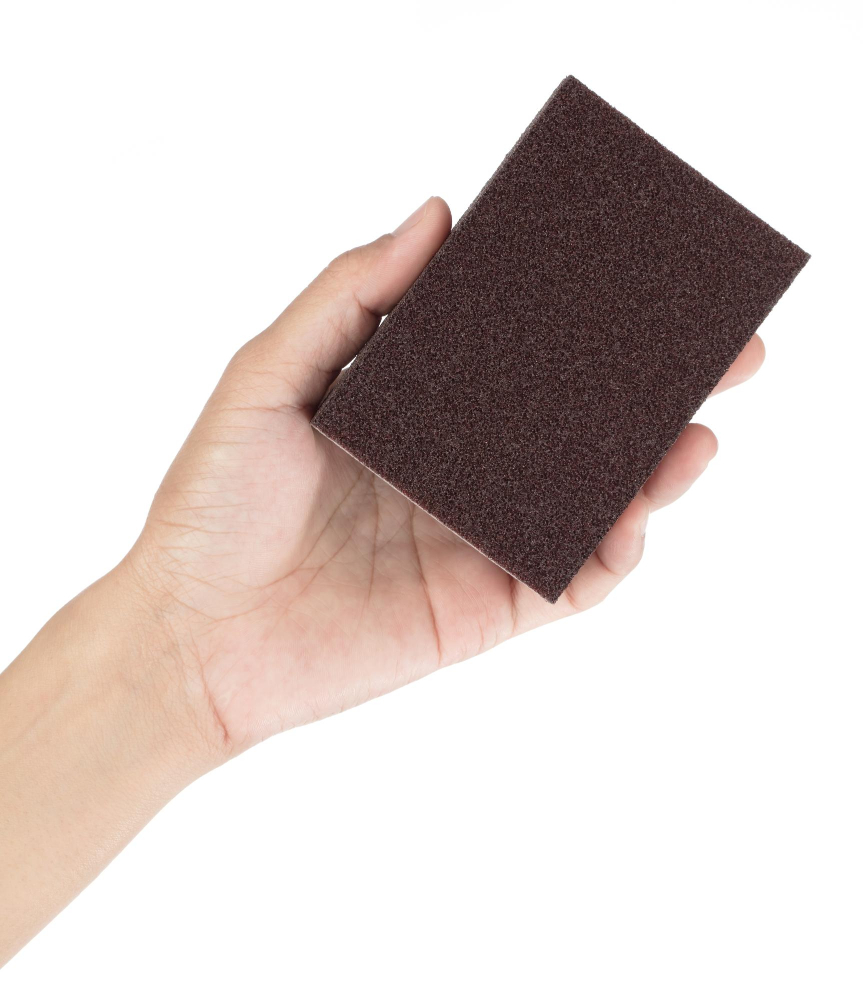
Be careful not to damage your kitchen counter in the process! Here are some effective scraping techniques:
1. Plastic scraper: Use a plastic scraper or spatula to gently scrape off the softened glue from your kitchen counter.
2. Razor blade: If you’re dealing with a particularly stubborn spot of glue, use a razor blade at an angle and carefully scrape away the residue.
3. Sandpaper: For tougher stains that won’t come off with just scraping alone, try using fine-grit sandpaper on top of your plastic scraper or spatula.
Chemical Removers
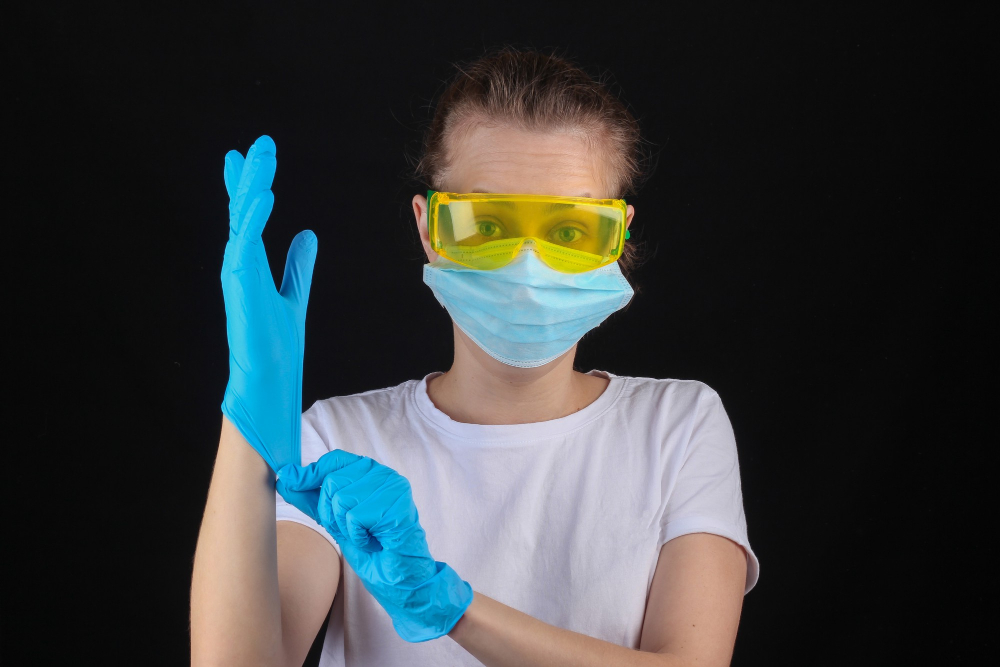
These products contain solvents that dissolve the adhesive, making it easier to wipe away. However, it’s important to note that chemical removers can be harsh and may damage certain surfaces if not used correctly.
Before using a chemical remover, make sure you read the instructions carefully and wear protective gloves and eyewear. Apply the product directly onto the glue residue and let it sit for a few minutes as per manufacturer’s instructions.
Then use a scraper or cloth to gently remove any remaining residue.
It is recommended that you test any new cleaning product on an inconspicuous area of your countertop before applying them all over in order to avoid damaging or discoloring your surface.
Natural Remedies
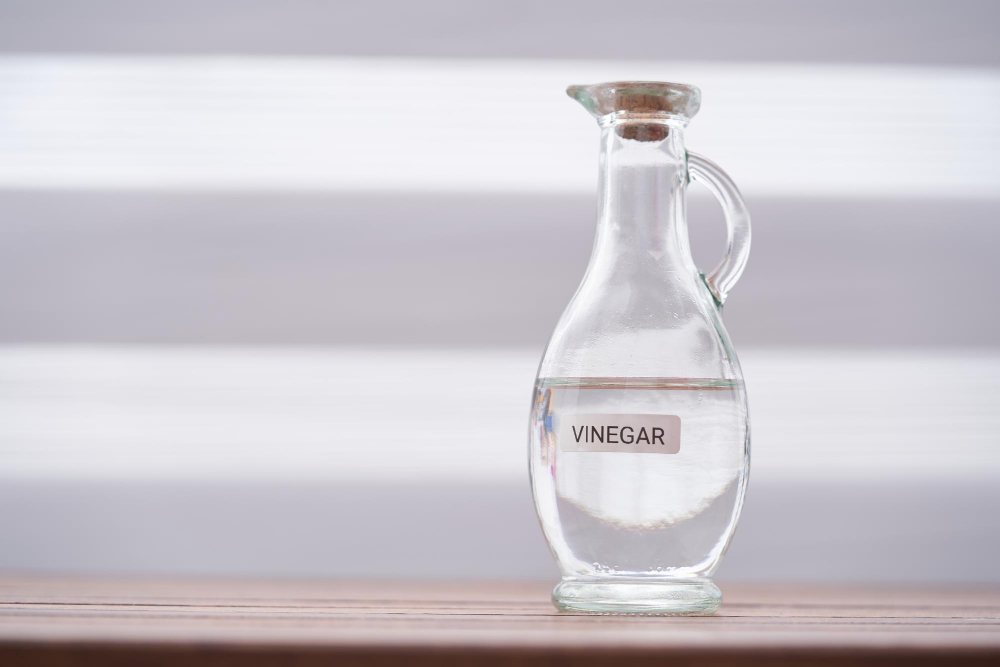
One of the most popular methods is using vinegar. Simply soak a cloth in white vinegar and place it over the affected area for about 15 minutes.
The acid in the vinegar will soften the glue, making it easier to scrape off with a plastic scraper or credit card.
Another effective natural remedy is baking soda mixed with coconut oil or olive oil to create a paste-like consistency. Apply this mixture onto the glue residue and let it sit for at least 10-15 minutes before wiping away with a damp cloth.
Lemon juice also works well as an alternative option due to its acidic properties which help break down adhesives naturally without damaging surfaces.
Removing Residue
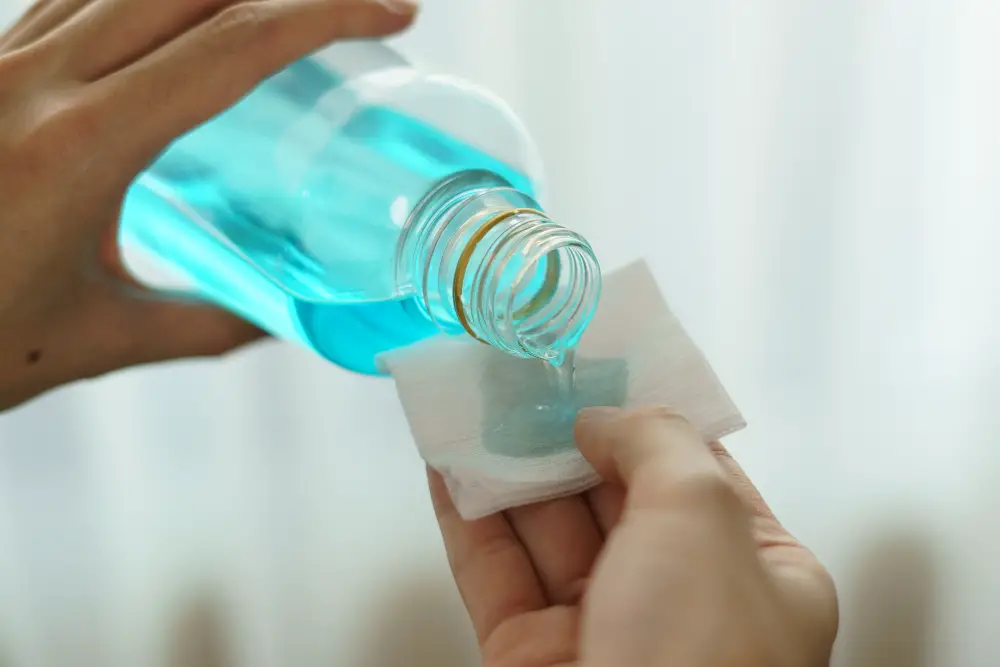
Residue can be sticky and difficult to remove, but there are a few methods that can help make the process easier.
One effective way to remove residue is by using rubbing alcohol or nail polish remover. Simply apply a small amount of either substance onto a clean cloth and gently rub the affected area until all traces of residue have been lifted.
Another option is using baking soda mixed with water into a paste-like consistency. Apply this mixture onto the surface and let it sit for several minutes before wiping away with warm water.
If these methods don’t work, try using an adhesive remover specifically designed for removing stubborn residues without damaging surfaces like Goo Gone or WD-40. Always follow manufacturer instructions when working with chemical removers as they may require specific safety precautions such as wearing gloves or working in well-ventilated areas.
Cleaning the Surface
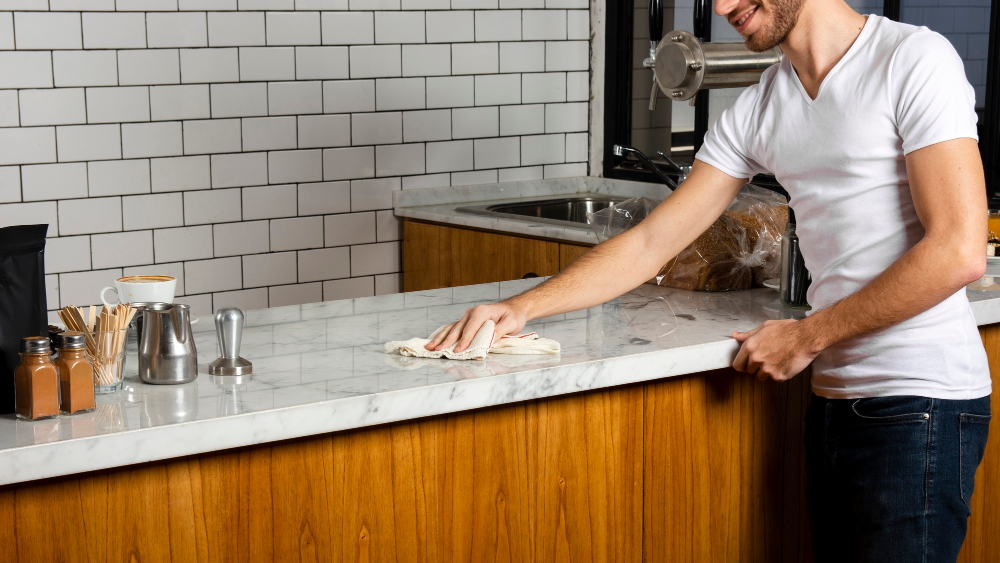
This will ensure that no residue or chemicals are left behind, which could potentially damage your countertop over time. To do this, mix a small amount of dish soap with warm water and use a soft cloth to wipe down the entire surface.
Rinse with clean water and dry with another soft cloth.
For tougher stains or marks on your countertop, consider using specialized cleaning products designed for specific materials such as granite or marble countertops. Always read the label carefully before using any product on your counters.
Preventing Future Stains
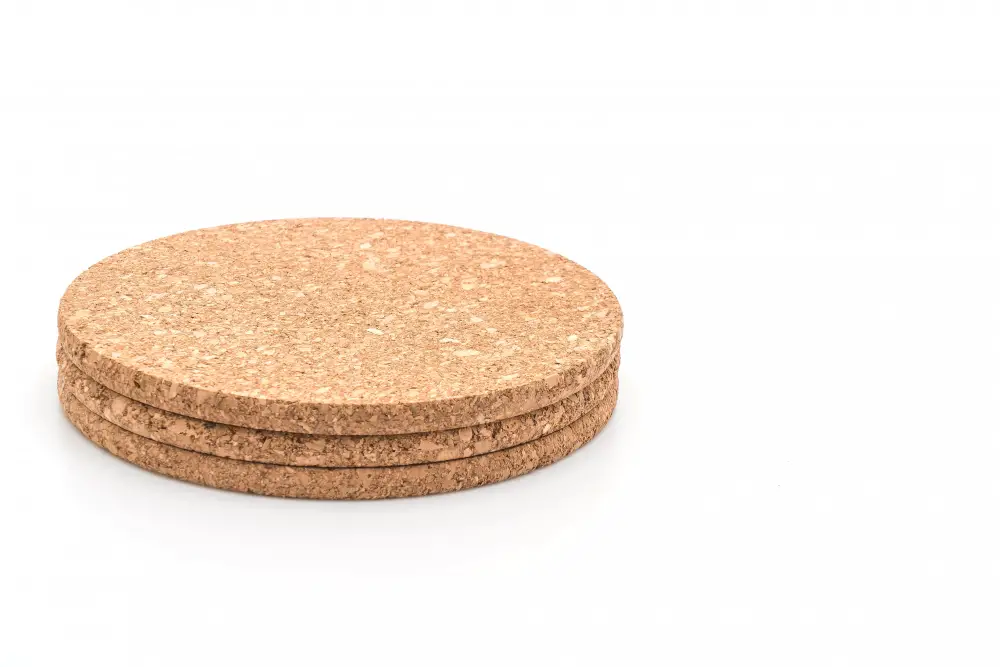
One way to do this is by using coasters or placemats when placing hot dishes or glasses on the counter. This will help protect the surface from heat damage and spills that can leave behind stubborn stains.
Another tip is to avoid using harsh chemicals or abrasive materials when cleaning your counters. Stick with mild soap and water, and use a soft cloth or sponge instead of scouring pads.
If you have children who love arts and crafts, consider designating a specific area for their projects away from your kitchen counters. This will help minimize accidental spills of glue, paint, markers, etc., which can be difficult to remove once they dry up.
Additional Tips
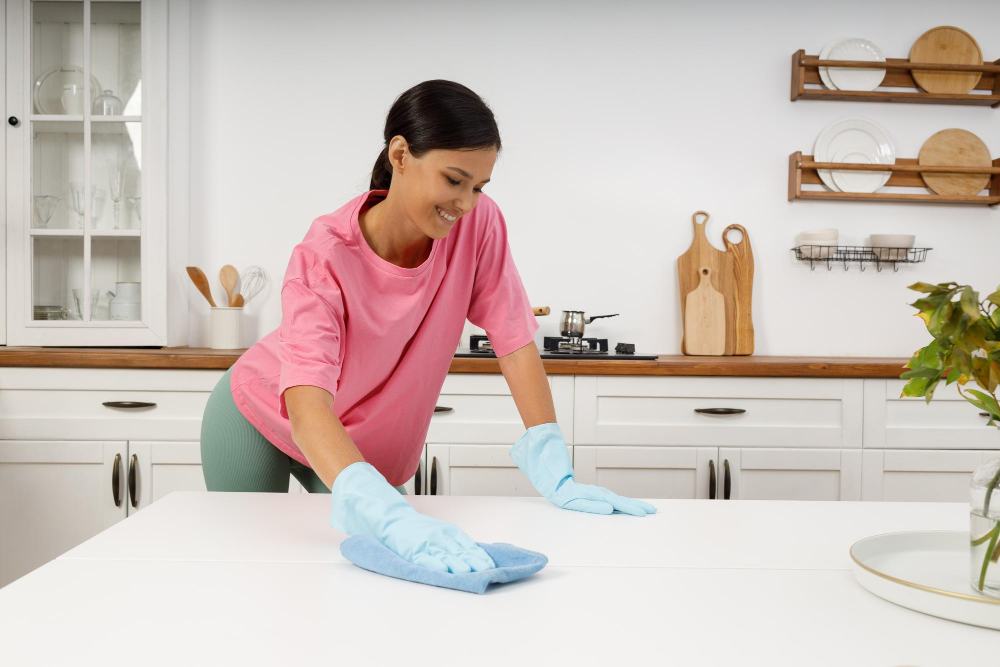
One of the most important things to keep in mind is to be patient and gentle while removing the glue. Rushing or using too much force can damage your countertop surface.
Another tip is to use warm water and soap solution after removing all traces of glue from your countertop. This will ensure that any remaining residue or chemical cleaner is removed completely, leaving behind a clean and shiny surface.
Lastly, it’s always better to prevent stains than having them in the first place! To avoid future stains on your kitchen counters, try using coasters for drinks and placing hot pans on trivets instead of directly onto countertops.
FAQ
How do you remove dried glue residue?
To remove dried glue residue, apply vegetable oil, peanut butter, or mayonnaise, let it soak for an hour, and wipe away; for tougher residue, use rubbing alcohol or vodka, let it permeate, and rub away with a cloth.
Does vinegar remove super glue?
Yes, vinegar can remove super glue from a variety of surfaces, but should not be used on rubber, stone, or wood due to its acidity.
Does baking soda and vinegar dissolve glue?
Yes, baking soda and vinegar can dissolve glue, particularly super glue from clothing and upholstery.
How do you get adhesive off of granite countertops?
To get adhesive off of granite countertops, test and apply acetone on the affected area while ensuring to repair the finish afterwards if needed.
What are the best natural remedies for removing stubborn glue from kitchen surfaces?
The best natural remedies for removing stubborn glue from kitchen surfaces include using white vinegar, baking soda paste, or lemon juice.
Can rubbing alcohol effectively remove adhesives from countertops?
Yes, rubbing alcohol can effectively remove adhesives from countertops.
Are there any commercial products specifically designed for removing glue from various counter materials?
Yes, there are commercial products specifically designed for removing glue from various counter materials, such as Goo Gone and Un-Du Adhesive Remover.




